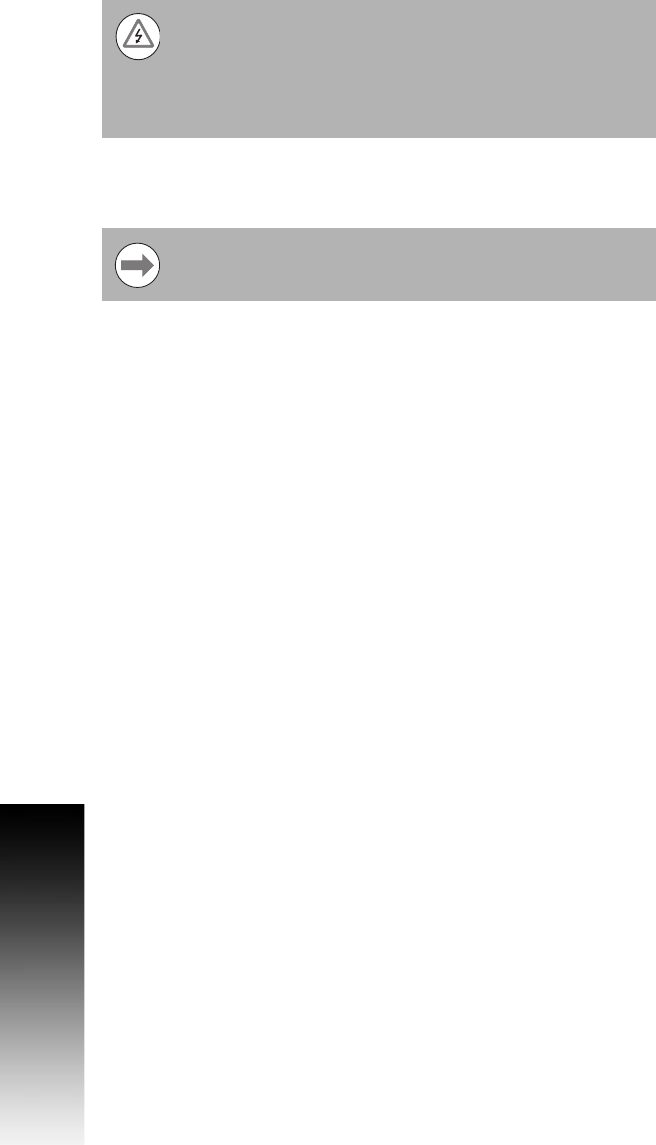Manual
Table Of Contents
- Controls of the 3500i
- Manual Information
- Introduction
- Machining Fundamentals
- Manual Data Input
- Tool Management
- 4.1 Tool Table
- 4.2 Tool Data
- Program Management
- Conversational Editing
- Programming: Canned Cycles, sub-programs
- 7.1 Explaining Basic Cycles
- Round/Chamfer
- Rapid
- Line
- Arc
- Dwell:
- Plane Selection
- Reference Point Return:
- Fixture Offset (Work Coordinate System Select):
- Unit (Inch/MM)
- Dimension (Abs/Inc)
- Absolute Zero Set
- Block Form
- Temporary Path Tolerance
- System Data
- FeedRate
- FeedRate (4th-Axis)
- Spindle RPM
- M - Functions
- Tool Definition and Activation
- Repeat Blocks
- 7.2 Canned Cycles
- 7.3 Probing Cycles
- 7.4 Sub-programs
- 7.1 Explaining Basic Cycles
- Drawing Programs
- Running a Program on the Machine
- CAM: Programming
- 10.1 CAM Programming
- CAM Mode
- Recommended CAM Programming Sequence
- CAM Mode Mouse Operations
- CAM Mode Screen
- Activating CAM Mode
- Creating a New Program
- Tool Path Data Input
- Quick Coordinate Entry
- Job Setup: Basic tab
- Job Setup: Advanced tab
- Comment Tab
- Block Form: Basic tab
- Comment Tab
- Drilling Cycle:
- Drilling dialogue:
- Mill Cycle
- Pocket Cycle
- Pocket Finish Cycles
- Engraving Cycle
- Program Directive
- Modifying Toolbar
- Viewing Tools
- CAM Mode buttons
- CAM Setup
- Geometry
- DXF Import Feature
- Modifying Tools
- Shapes
- Tool Table
- Tool Paths
- CAM Example 1
- CAM Example 2
- 10.1 CAM Programming
- G-Code Edit, Help, & Advanced Features
- 11.1 G-Code Program Editing
- 11.2 G-Code and M-Code Definitions
- 11.3 Edit Help
- 11.4 Advanced Programming
- SPEED
- M - Functions
- Order of Execution
- Programming Non-modal Exact Stop:
- In-Position Mode (Exact Stop Check):
- Contouring Mode (Cutting Mode) :
- Setting Stroke Limit:
- Return from Reference Point:
- Move Reference from Machine Datum:
- Modifiers
- Block Separators
- Tool Offset Modification
- Expressions and Functions
- System Variables
- User Variables
- Variable Programming (Parametric Programming)
- Probe Move (G31)
- Conditional Statements
- Short Form Addressing
- Logical and Comparative Terms
- File Inclusion
- 11.5 Four Axis Programming
- Software Update
- Off-Line Software

212 7 Programming: Canned Cycles, sub-programs
7.3 Probing Cycles
You must have the tool positioned over the probe stylus so the tooth
that sticks down the furthest is directly over the center of the probe
stylus and above the stylus less than 0.100" (2.0 mm).
To measure the tool length:
Jog the tool to the top of the probe stylus so that the tooth that
sticks down the furthest is directly over the center of the probe
stylus.
From the Manual Data Input Mode with G-code MDI selected, type
G152 Tn Dd and touch the Start button. Where T is the tool number
and D is roughly the diameter of the special tool. For example, G152
T3 D3.5.
The spindle turns on in reverse and the Z-axis should go down and
touch the top of the probe stylus keeping the X and Y position the
same, then rapid up 0.02" (0.508 mm) and then retouch using the
slow feedrate programmed in the machine setup parameter. The
cycle then updates the tool-length offset register clearing any value
in the length wear register, turn the spindle off and return the tool
to the Z height where it started.
The Tool Length has been set and you can now change to another
tool, and repeat steps 1 through 3.
Large tools can result in probe damage if the touch
feedrate is set too fast. For this reason, the cycle
parameters: M, S, and R have been added to enable the
programmer/operator to override the values in the
machine setup parameters for the specific tool being
checked or set.
If the spindle is locked, you may have to unlock it to
manually orient the tool tooth over the probe stylus.










